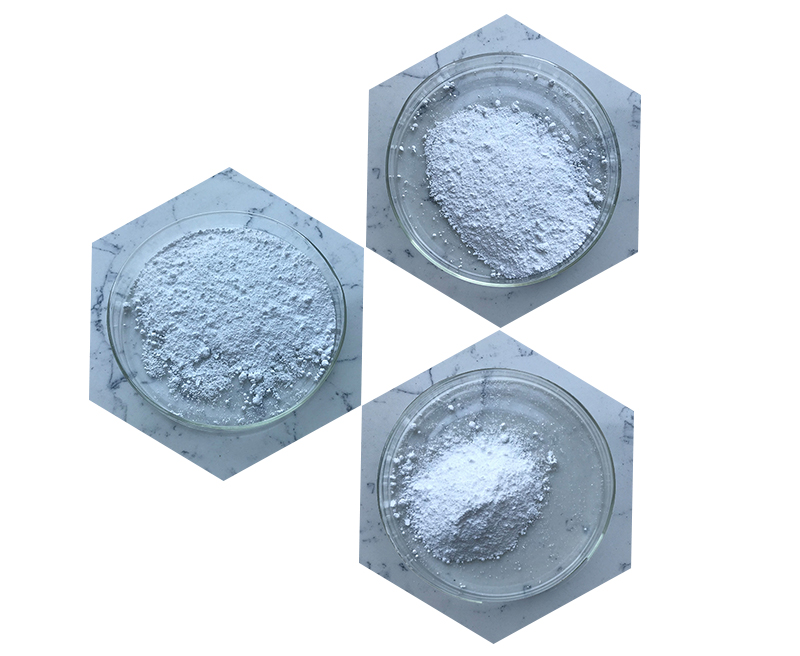Cycloastragenol (CAG) is a naturally occurring compound derived from Astragalus membranaceus, a plant commonly used in traditional Chinese medicine. It has been studied for its potential to activate telomerase, the enzyme that helps maintain telomere length. Telomeres are protective caps at the ends of chromosomes that shorten with each cell division. As they shorten over time, cells become less capable of dividing and functionally deteriorate, which is associated with aging and age-related diseases.
Cycloastragenol has been explored for its potential to delay the shortening of telomeres and possibly reverse some of the effects of telomere attrition. This has raised interest in its possible therapeutic applications in age-related conditions and diseases linked to telomere dysfunction.

Telomere Dysfunction Diseases
Telomere dysfunction is implicated in several diseases, often related to aging, but can also manifest earlier in life in certain genetic conditions. Some diseases linked to telomere dysfunction include:
- Aging-related diseases:
- Chronic conditions like cardiovascular diseases, neurodegenerative diseases (e.g., Alzheimer’s disease), and diabetes may have an association with shortened telomeres.
- Genetic telomere syndromes:
- Dyskeratosis Congenita: A rare genetic disorder caused by mutations affecting telomere maintenance, leading to premature aging, bone marrow failure, and other severe complications.
- Idiopathic Pulmonary Fibrosis (IPF): A progressive lung disease that has been associated with shortened telomeres in lung cells.
- Aplastic Anemia: A condition where the bone marrow fails to produce enough blood cells, sometimes linked to telomere shortening.

Potential Role of Cycloastragenol
Some studies suggest that Cycloastragenol may promote telomerase activity, thereby potentially extending telomere length or slowing down the rate of telomere shortening. This has led to investigations into its use in treating age-related diseases and conditions resulting from telomere dysfunction. However, while the promise is intriguing, research is still ongoing, and the full therapeutic potential of Cycloastragenol in managing telomere-related diseases is yet to be definitively proven.
Would you like more information on how Cycloastragenol works or its research status?
